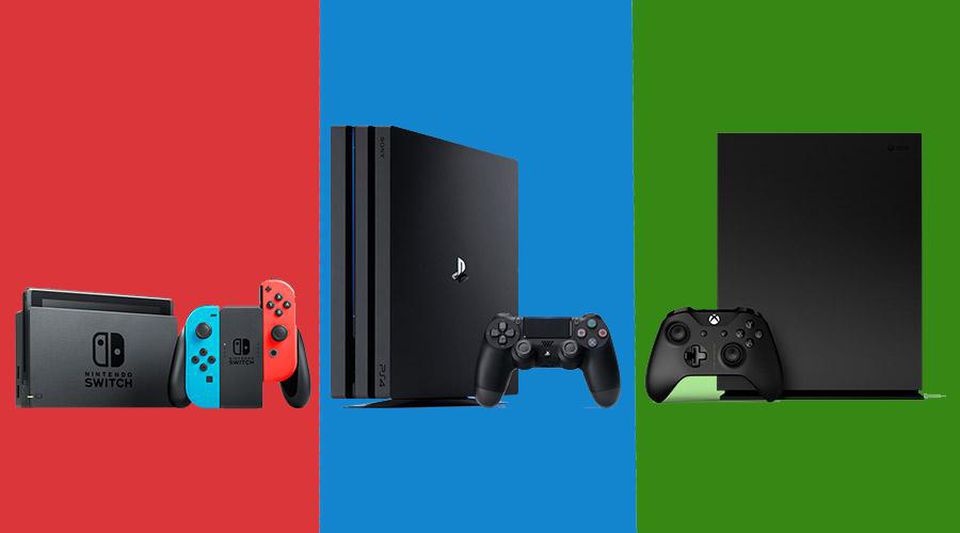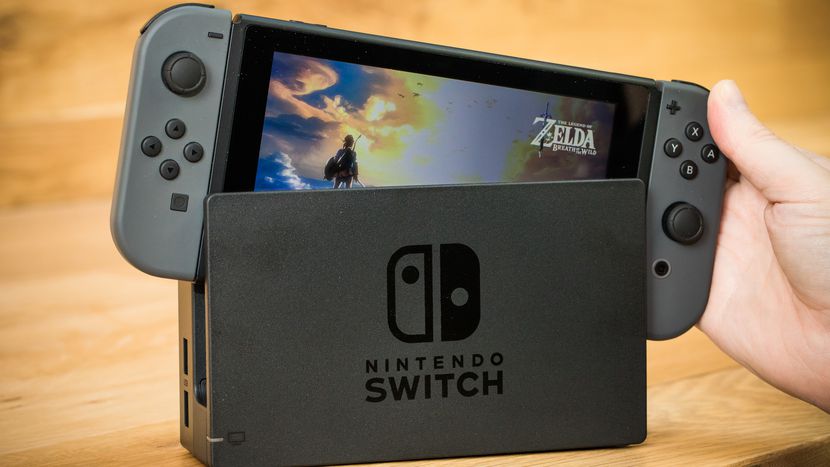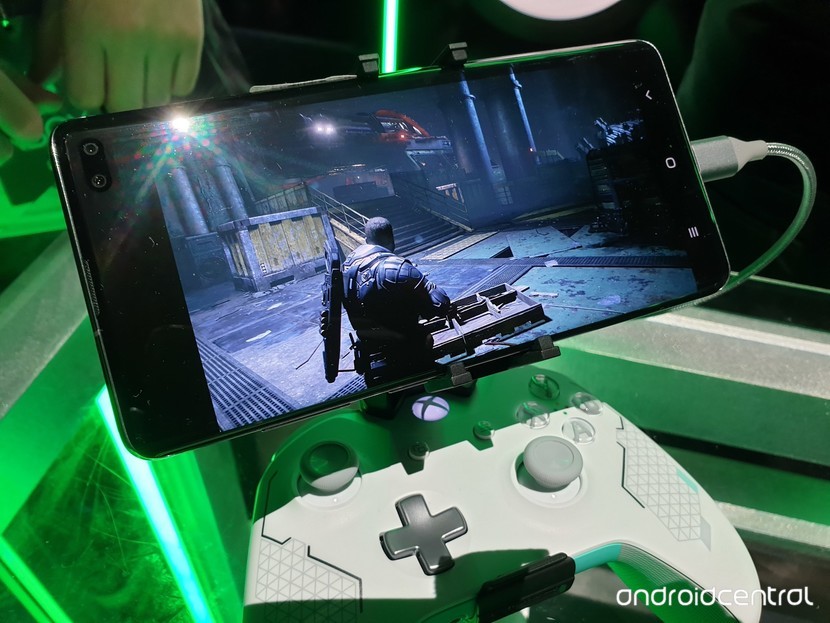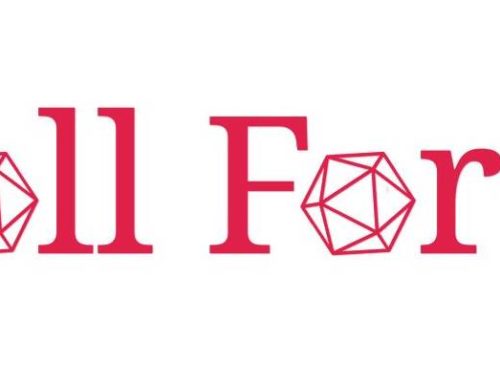If you’re a gamer, you’ve probably heard the term ‘console wars’ so many times that your ears are bleeding.
Just in case you haven’t, a ‘console war’ is a casual term used to describe a period where several popular video game consoles are heavily competing in the consumer market – and the eyes of the players, where quality and technical specs are considered. The most recent example was when the Xbox One and PlayStation 4 were released around the same time, but companies like Nintendo and Sega have competed before too.
Google Stadia is dragging the attention of the gaming community to cloud source gaming. Hence, audiences are eager to see how the big console players will react. Microsoft with the Xbox, Sony with PlayStation, and Nintendo with the Switch, all come to the forefront of our collective subconscious.
Nintendo and the Nintendo Switch
Nintendo is an easy dismissal, since they haven’t released any cloud source announcements yet, and aren’t expected to. The Nintendo Switch was already a step away from traditional console play. It brings a lot of the benefits of cloud play – without the cloud. Like switching between a handheld device and your television.
During a Q&A with Nintendo’s president, Shuntaro Furukawa (translated to English by Nintendo), he said “…we don’t expect all games to become cloud games any time soon, the technologies are definitely advancing. We see a future where cloud and streaming technologies will develop more and more as a means of delivering games to consumers. We must keep up with such changes in the environment. That being said, if these changes increase the worldwide gaming population, that will just give us more opportunities with our integrated hardware and software development approach to reach people worldwide…”
Sony and the PlayStation
Sony actually already offers a cloud source program through PlayStation. PlayStation Now (PSNow) was Sony’s answer to consumer outcry over backward compatibility at the time of the PS4’s release. There are lots of older titles available on the system, which allows the player to use them on their PS4 or computer. Downloading PSNow and paying the subscription fee gives the user access to a diverse library of PlayStation games. It is boasting over 600 games at the time of this writing.
Sony also has an app called Remote Play, meant to fill the gap left by PSNow. Tablets, phones, and all the rest are just an app away from connecting to your PS account and continuing your adventures there. You can connect some PS4 controllers to the game as well. Extra special controllers featuring an adaptable arm for holding your phone as you play were announced too.
Unfortunately, these aren’t as exciting as they could be. Since they’re older projects, the technology isn’t as cutting edge, like the Stadia. Drawbacks are varied but include problems like needing a high-speed internet connection to be remotely usable. In Remote Play’s case, the service is only available on your home Wi-Fi network. Though I’m knowingly ignorant about PS projects, asking a few friends a couple questions about these cloud source programs only returned empty stares. It doesn’t seem like they’re that popular even within the PlayStation community. Without a facelift, these projects aren’t angled to be the next big thing in gaming.
Microsoft and the Xbox
Microsoft has been eyeing this market for a while. Certainly since October 2018, when they announced Project xCloud. xCloud will allow gamers to access a library of over 3500 games, as of this writing, on their phone or tablet. The service can connect to Xbox controllers via Bluetooth, or reportedly using an on-screen UI with joysticks and a d-pad.
In their official announcement that year, they described xCloud as a “state-of-the-art global game-streaming technology [that] will offer you the freedom to play on the device you want without being locked to a particular device…” In their research trials and announcements about xCloud since, they’ve been very clear; xCloud is meant to expand your gaming experience. It isn’t meant to replace anything else – specifically, the Xbox One or its successors. It makes sense to hit the ground running with the idea that xCloud is for mobile, on the go use; unlike the Google Stadia, xCloud won’t really be available on your television. It also may allow Microsoft to focus their energy, and ask lower prices for the service that consumers might have gone to Stadia for otherwise.
It’s unclear yet who will come out on top. Mostly because it’s unclear how gamers will respond. We won’t have an exact answer for it until these services hit the markets for real. Of course, we know they’re looking for low costs. Programs like Microsoft’s GamePass have taken off in a world where it’s easier to pay a couple of bucks a month than justify paying 80$+ for the brand new, triple-A title. Microsoft has a long way to go, but at least we can’t accuse them of being behind the times.











Leave A Comment
You must be logged in to post a comment.